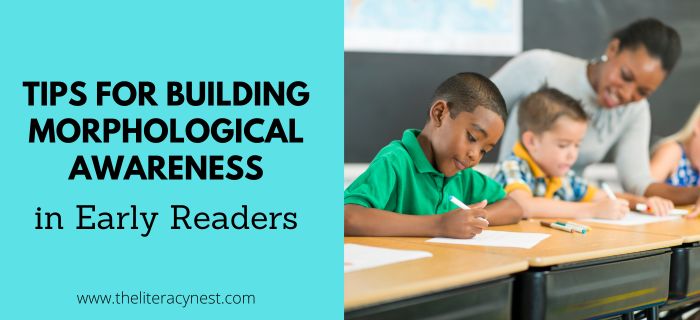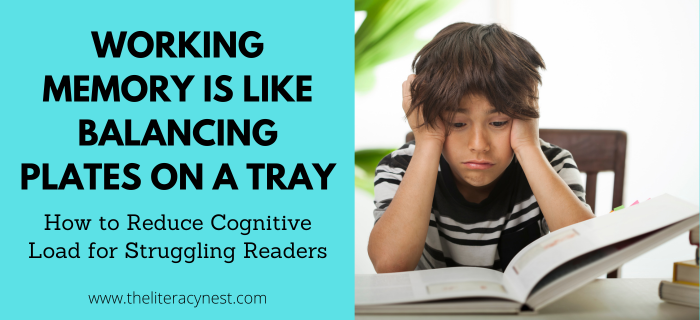Creating a Dyslexia Awareness Display: What, Why, and How!

Although many schools avoid the word dyslexia, favoring “specific learning disability”, it is important to say the word dyslexia for a few key reasons. Using the word dyslexia helps to build a community of learners with similar difficulties. Saying the word dyslexia carries with it an understanding of the disability and the best practice intervention. A simple and impactful way to spread the needed awareness is the create a dyslexia awareness display!
For tips on speaking about dyslexia, listen to season 3, episode 2 of the Together In Literacy podcast: How to Talk About Dyslexia!
Why create a dyslexia awareness display for a school, community center, learning center, or library?
Many times, children and even adults with dyslexia feel like they must hide their learning differences from the world. Dyslexia should not carry this stigma. It is one of the most common learning disabilities affecting 1 in 5 people. It is important to talk about and normalize this learning difference. People with dyslexia should not feel like they are alone in their struggles.
Unless dyslexia has touched the lives of someone they love, many people don’t know much about this learning disability. Even teachers often don’t know the warning signs. Since dyslexia has a hereditary component, displays in the community may help adults who may have been struggling readers catch reading difficulties in their children early on.
Types Of Displays That Build Awareness:
The perfect type of dyslexia awareness display may vary by location. Think about how your target audience will be interacting with the space in question.
1. Bulletin boards
Is there a spot where parents wait to pick up their children after an activity? A colorful and catchy bulletin board in this area is a great way to educate the community about dyslexia. People are naturally drawn to reading walls when they are passing time.

2. Tri-folds
Classroom teachers might consider having a tri-fold available to share with concerned parents or parents of newly diagnosed dyslexics. Tri-fold brochures are easy to tuck In a folder or for interested parents to pick up.
3. Book racks or lending libraries
A special education room, Title 1 space, tutoring center, or library is a great place to display books about dyslexia. Making these books available to borrow facilitates the spread of that information.
4. Virtual classrooms
Virtual classroom spaces can host a workshop or webinar or be designed for self-exploration. This may be a particularly powerful tool for parents to experience what tutoring might look like.

5. Goody bags with a QR code linked to a dyslexia podcast.
Everyone loves a goody bag! Combining freebies with dyslexia awareness education is a great way to increase your impact at Parent-teacher conferences, book fairs, or literacy nights.
Looking for more ways you can spread dyslexia awareness? Watch Ideas for Dyslexia Awareness Month! And don’t forget to grab the QR Code freebie mentioned in the video!
Things To Consider As You Design And Prepare Your Display
- What message do you want to convey? Are you looking to share facts about dyslexia, suggest books to read, or are you sharing inspirational stories about people with dyslexia? Being clear about your goal and picking a narrower focus may keep your display or information sharing manageable for both you and your viewers.
- Who is your audience going to be? Parents? Kids? Teachers? A mix? Tailoring the display to your audience increases engagement and stands out more than a “generic” display.
- Where will the display be located? Do you need special permissions or volunteers to help you? Does your way of sharing information work well for the space?
- What takeaways do you want people to get from seeing your display or hearing your presentation? Consider a simple handout to reinforce those important points.
And, check out this list of The Top Ten Websites for Dyslexia Awareness!
One of the chief benefits of having a dyslexia awareness display is that it sparks discussion and awareness. A dyslexia display is like an invitation to converse. The display may encourage someone who is curious to ask their questions and increase their knowledge. With planning, there can be new learning for just about everyone.
Grab these FREE Dyslexia Awareness Month resources!
Dyslexia Awareness Month Display
This bulletin board display will help you raise awareness about dyslexia. October is Dyslexia Awareness Month, but this display can work all year round. You may wish to use this display in a library, classroom, or hallway. The display is editable, so you will type in your own information to suit the needs of your presentation.
You can grab it in The Literacy Nest Shop or on TpT.
Are you looking for professional development that will help you better support your students with dyslexia? The Literacy Nest has a membership for that…
Building Readers for Life Academy is a monthly membership program that empowers educators AND families. It dives into structured literacy and strategies for ALL learners. With BRFL Academy, you’ll learn what it takes to help EVERY student become a reader for life.
Join Building Readers for Life Academy today and pay just $1 for your first 30 days! Click here.




